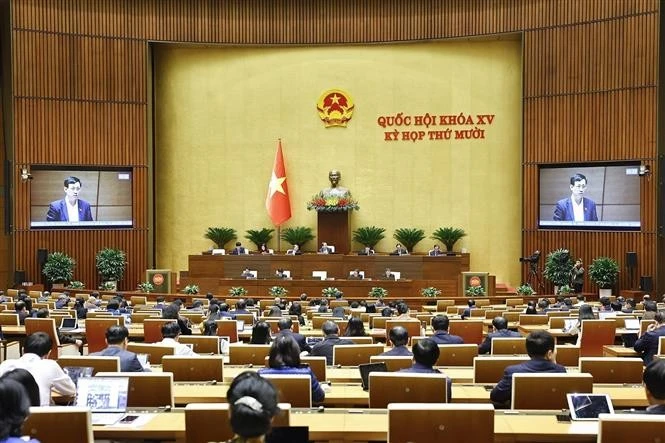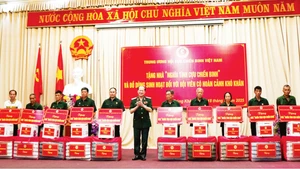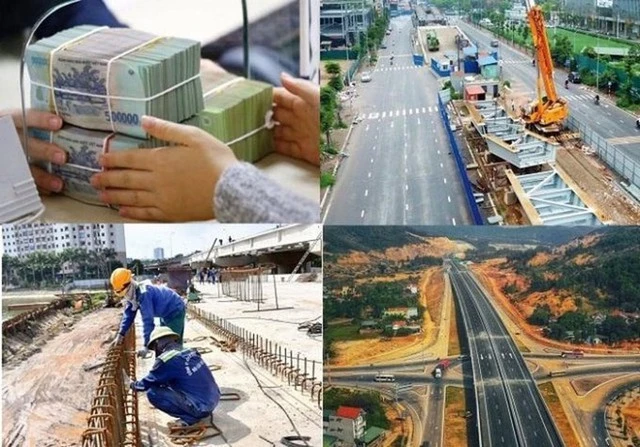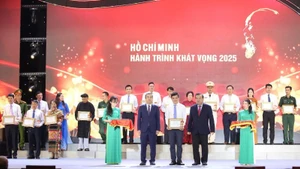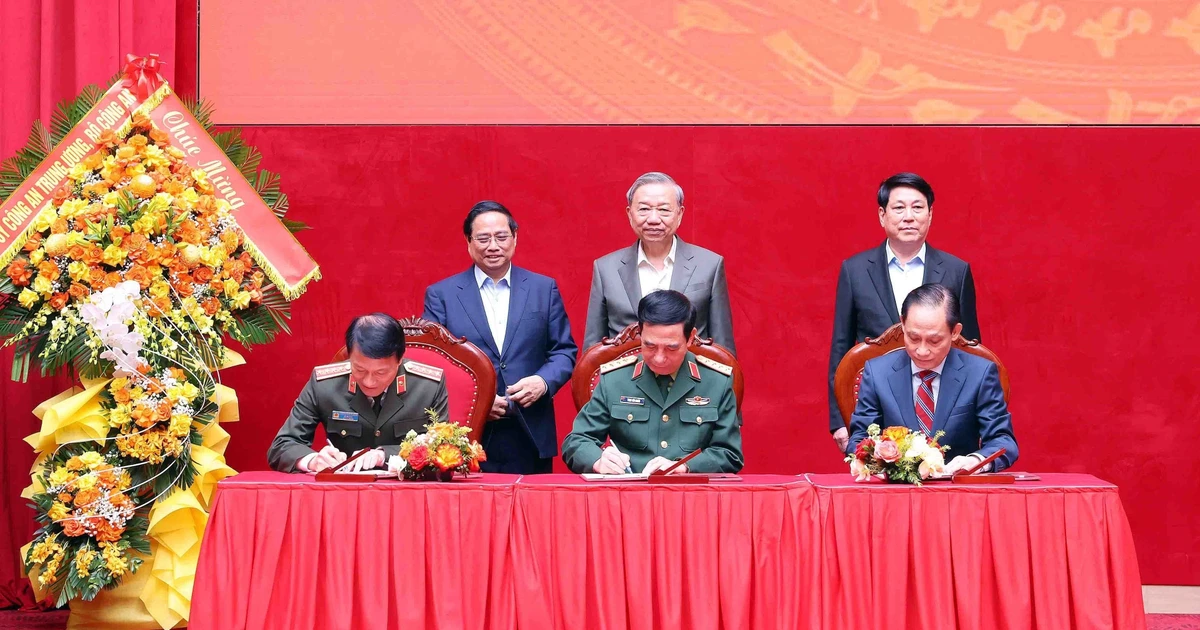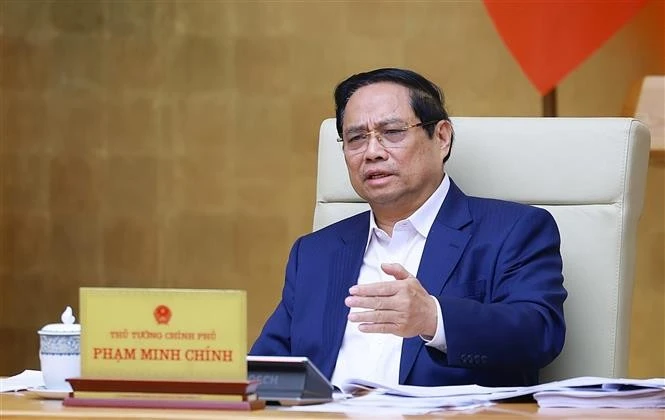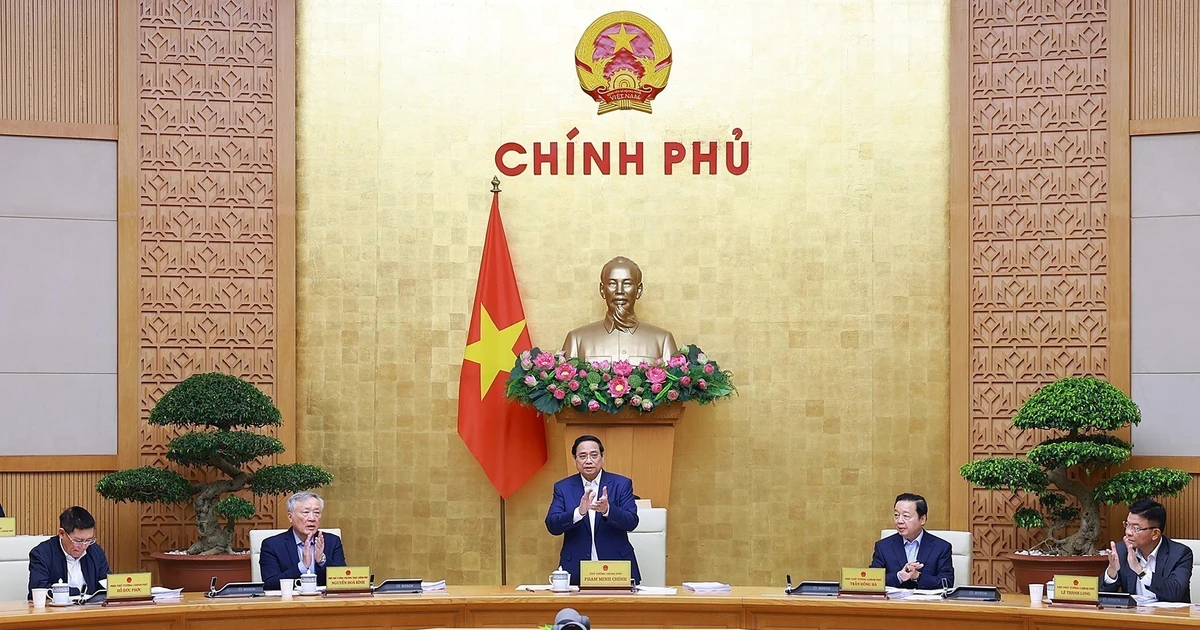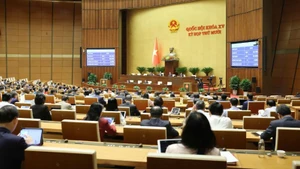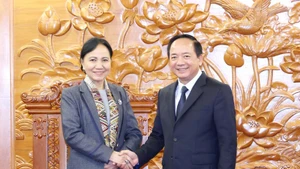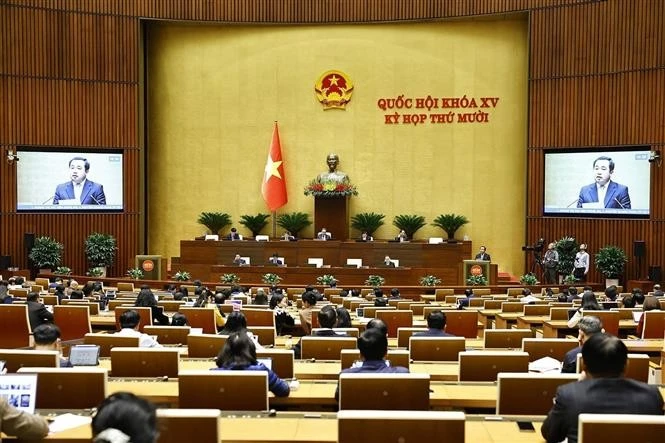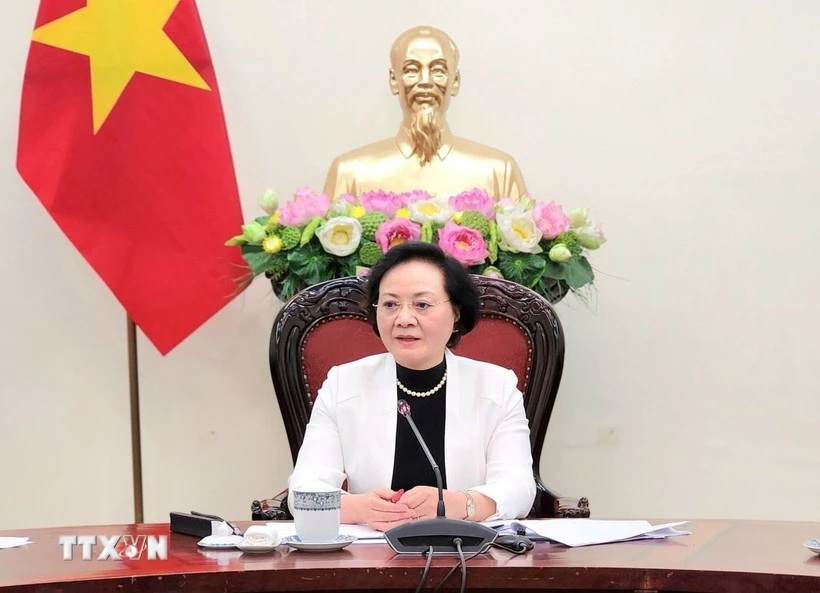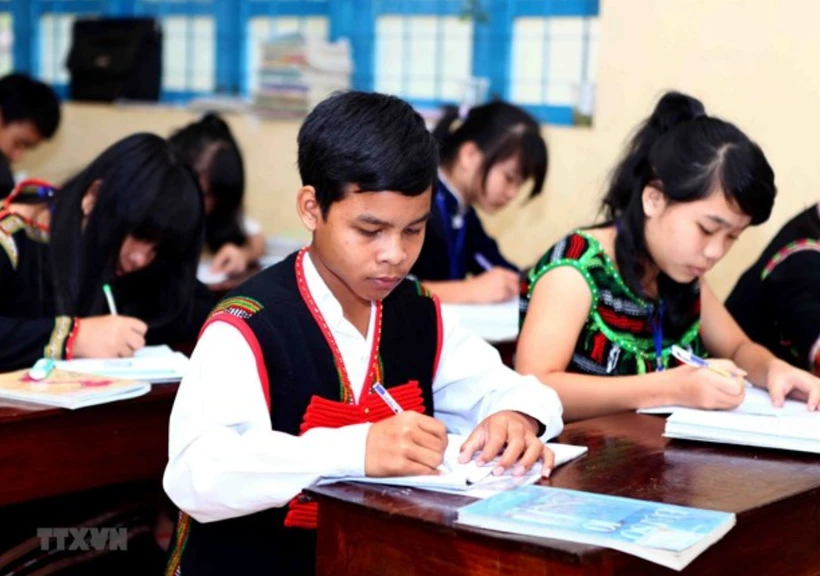Chairing the fourth meeting of the steering committee for key national railway projects on October 23, the PM stressed the importance of promoting technology transfer and gradually mastering technology in the railway industry, helping develop the sector and its whole ecosystem, including both conventional and metro rail systems.
Given the complexity and urgency of these projects, the PM underlined that implementation must ensure quality, technical accuracy, progress, efficiency, and feasibility. Ministries, sectors, and localities should mobilise utmost resources, particularly skilled and highly responsible personnel, to lead and oversee these projects and task implementation, he underscored.
According to the Ministry of Construction since the third meeting on July 9, the PM and Deputy PMs have held many meetings and issued nearly 20 guiding documents related to key railway infrastructure projects. A total of 39 tasks were assigned to ministries, localities, and agencies, focusing on resolving bottlenecks and expediting investment procedures.
To date, 16 tasks have been completed. Many ministries and agencies have shown strong performance in fulfilling their assigned tasks while localities along the railways have carried out resettlement projects since August 19.
Additionally, 10 tasks are being actively implemented while eight others have been delayed due to the involvement of foreign partners or time constraints. Another five tasks have not yet reached their deadlines.
Efforts are being accelerated to ensure the Lao Cai – Hanoi – Hai Phong standard-gauge railway project starts on schedule, on December 19. Ministries and sectors are also working closely with the Chinese side to make planning for the Ha Noi – Lang Son and Hai Phong – Mong Cai routes.
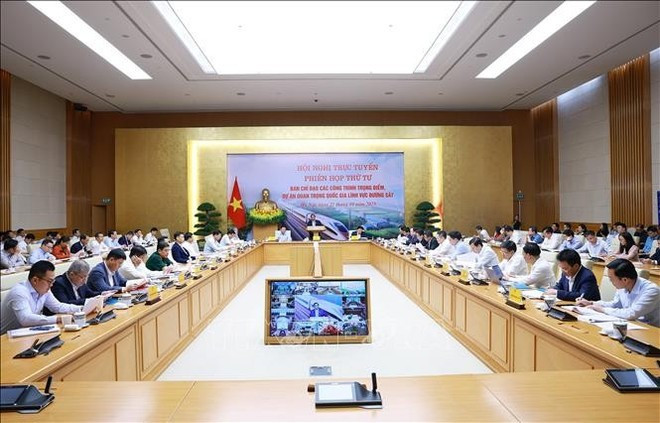
In Hanoi, procedures for investing in two urban railway lines are underway while other projects have seen progress. In Ho Chi Minh City, preparations are being made for seven urban railway lines, with plans to adjust the Ben Thanh – Tham Luong Line project with the aim of breaking ground by the end of 2025.
PM Chinh pointed out the urgent need for ministries and sectors to complete and issue the standards for high-speed, standard, and urban railways. He also stressed the need to establish criteria for selecting investors and investment models for railway projects to attract resources.
Furthermore, the Government leader also asked for rapid site clearance and the building of resettlement areas for railway projects, along with a quick allocation of resources for projects.
The PM highlighted major principles in implementing the projects – clear tasks, clear responsibilities and deadline, with tangible results and accountability, with benefits for the State, citizens, and businesses and no corruption, wastefulness, or mismanagement of state resources.
For the Lao Cai – Hanoi – Hai Phong project, the Ministry of Construction is responsible for coordinating with authorities in Hanoi, Hai Phong, and Bac Ninh to reach consensus on station locations and project routes by October 2025. The goal is to begin work on the first project phase using domestic funding by December 19.
For the North – South high-speed railway project, the Ministry of Construction, in collaboration with the Ministry of Science and Technology, must finalise the 37 Vietnamese Standards (TCVN) for high-speed railway by the end of October 2025.
The PM also asked Hanoi and Ho Chi Minh City to focus on accelerating necessary procedures for ongoing projects.

